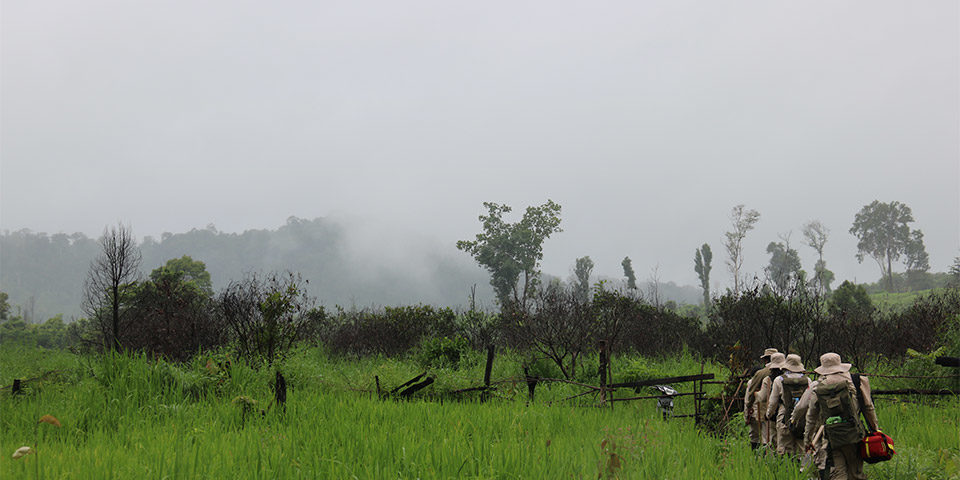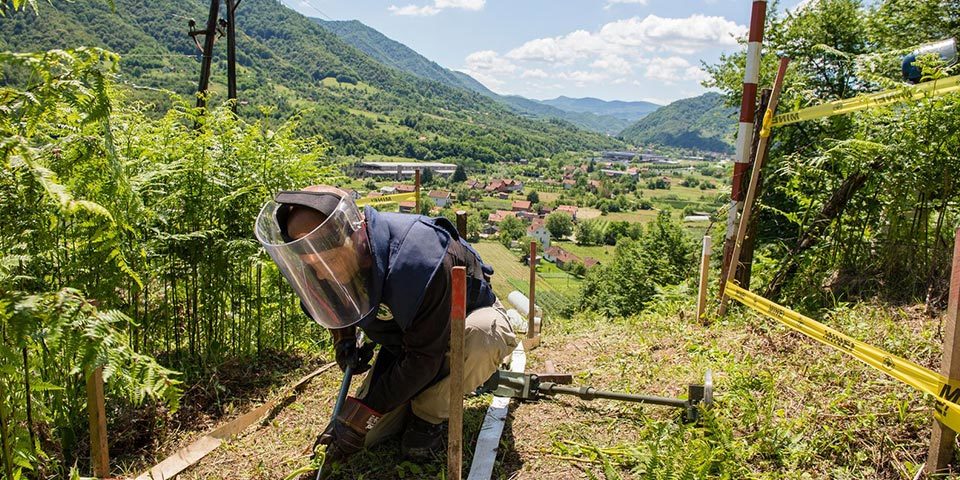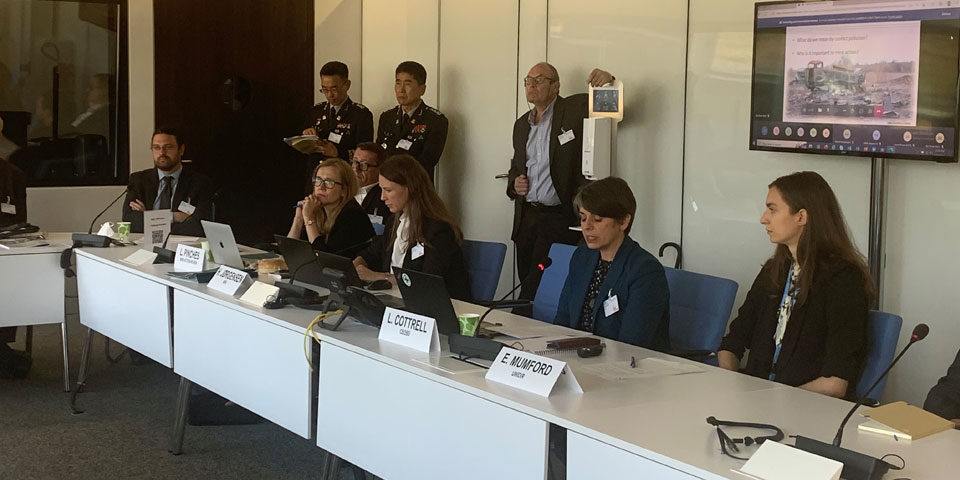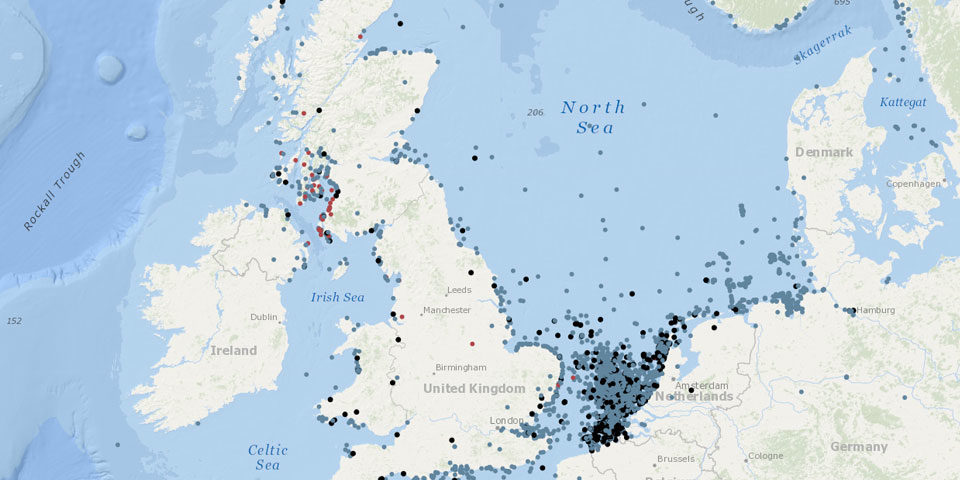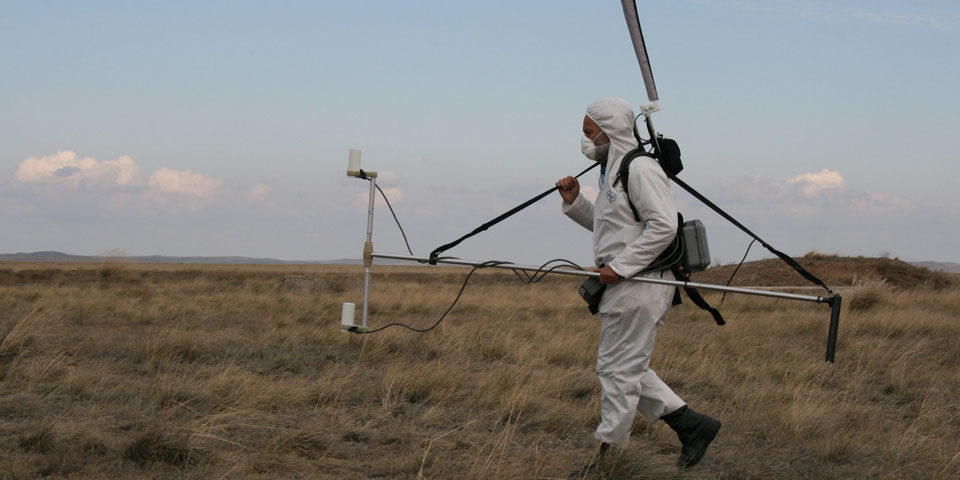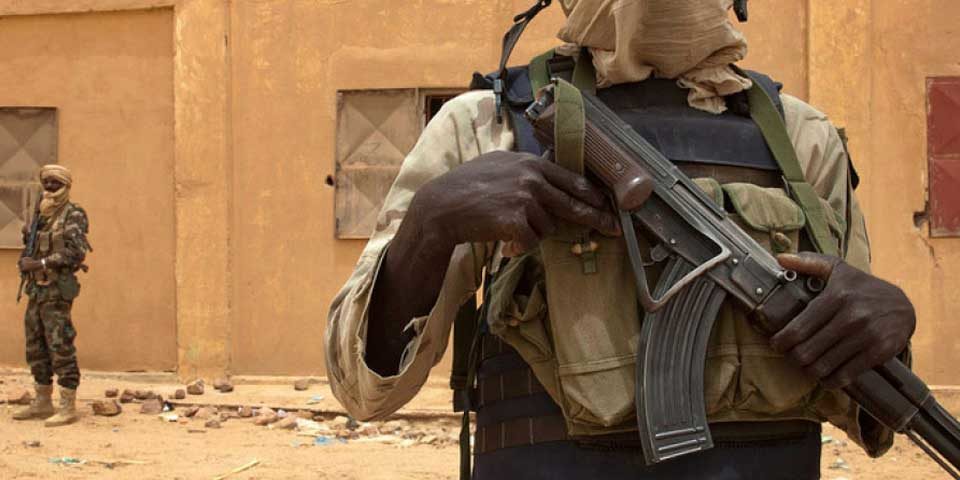Minimising the environmental impact of landmine clearance while maximising its benefits
Clearing landmines is critical for safe access to land and local resources but doing so should comply with good environmental practice. Linsey Cottrell explains how our new Green Field Tool can help the mine action sector minimise the environmental footprint of demining and support affected communities.

